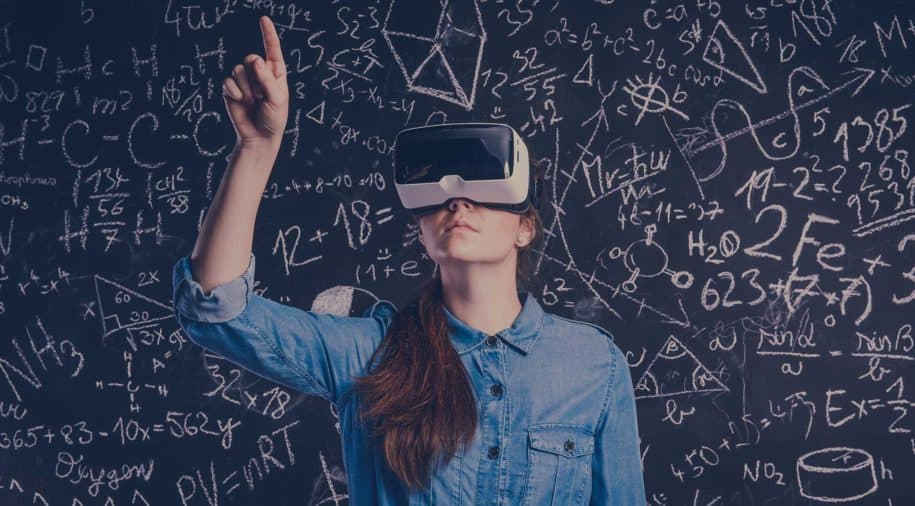This blog: What Are The VR best practices is the second blog in a three blog series on Upscaling A Science Lesson With Virtual Reality where it will cover the best practices and some of the affordable VR headsets that educators can utilize in their classrooms.
What Are Some of the VRBest Practices?
Best practices are what every professional should utilize. Teachers are no different. They want to optimize their classes in every capacity, and with VR, students must not see it as a video game. Thankfully, some best practices already developed will assist educators in implementing VR in their classes.
- Seek support from the tech support and technology integration specialist when purchasing and launching. From checking the bandwidth to verifying that firewalls will not slow down the experience, teachers must consult with their peers to troubleshoot any possible issues before they arise.
- Identify multiple apps that the scenario aligns with the curriculum. Having scenarios already identified helps to create a library where students can easily pull them up.
- Never replace VR for a full lesson. Instead, VR should serve as a resource and used at most 15-20 minutes.
- Provide plenty of space for the class to utilize the technology. Depending on the class size, teachers may want to find a location that is large enough for the students to conduct the activity.
- Verify battery life is ample. As simple as it sounds, this little problem can create issues and frustrate the student with those goggles.
- Identify places to assess mastery. Not only should teachers check for understanding, but they must ask for feedback from the students about their experiences.
- When modeling VR, have the student’s experience presented to the whole class. Here it will make it easier for the teacher to model the lesson before allowing students to practice independently.
- Consider purchasing a class set with extras controllers and sensors. Students will want to interact with the VR, and having a class set will permit the class to undergo the activity simultaneously.
What are some of the common VR equipment seen in schools and the workforce?
There are three types of VR equipment educators should when reviewing their budget: Google Cardboard, Oculus, and Oculus Rift. Listed below in the chart spells out the details of each VR device.
[table id=3 /]
Source: Greenwall (2019)
*Note that the degrees of freedom (DoF) refers to move up-down, left-right, and forward-backward.
The price of the Google Cardboard is lower as it is merely a shell to which users can place their phones into experience in the scenario. Users will need to download the app on their phones, whereas Oculus can be downloaded on a laptop or phone, depending on the VR device.
There are advantages and disadvantages to every VR device as it will be up to the school’s staff to determine which VR equipment best suits their purpose.
[wp-faq-schema title=”What are things to consider when using Virtual Reality in a classroom or worksite?” accordion=1]


Leave a Reply
You must be logged in to post a comment.